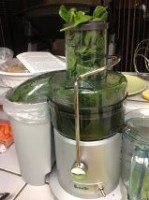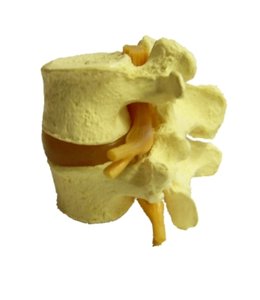
Mindfulness meditation programs can effectively improve anxiety, pain and depression in some people, according to a new review of studies from Johns Hopkins University researchers.
The review, published in JAMA Internal Medicine, included 47 different randomized trials that involved 3,515 people. The review showed that mindfulness meditation had small, positive effects in these three areas, with the improvements for depression in particular being similar to that of an anti-depressant. According to the study, mindfulness meditation programs involved “training in present-focused awareness or mindfulness.”
“Anxiety, depression, and stress/distress are different components of negative affect. When we combined each component of negative affect, we saw a small and consistent signal that any domain of negative affect is improved in mindfulness programs when compared with a nonspecific active control,” the researchers wrote in the study.
However, the review did not show a marked benefit of mindfulness meditation programs on substance use, sleep or weight. While few studies examined potential harms of mindfulness meditation (nine of the trials), none of them reported harm.
In addition, mantra meditation programs — such as transcendental meditation, which involves “use of a mantra in such a way that it transcends one to an effortless state where focused attention is absent” — did not seem to show any particular health benefits, though researchers noted that very few studies on mantra meditation met their criteria to be included in the review.
“This lack significantly limited our ability to draw inferences about the effects of mantra meditation programs on psychological stress-related outcomes, which did not change when we evaluated transcendental meditation separately from other mantra training,” they wrote.
Overall, the review showed researchers that more studies on meditation are needed, especially to see how greater meditation training, trainer expertise and amount of time spent practicing mindfulness meditation could potentially improve health even more. This is considering mindfulness meditation is a skill that does require time and practice, and that presumably the more and longer you do it, the greater benefits it may have. (However, many studies included in the review were relatively short.)
Indeed, in a related editorial published in the same journal, Dr. Allan H. Goroll, M.D., of Harvard Medical School, notes that most studies in the review were less than 12 months long, and that “longer study duration will be needed to address the question of maximum efficacy.”
“Nonetheless,” Goroll said in the editorial, “the small but potentially meaningful reductions in the distress of anxiety and depression associated with limited-term mindfulness programs argue for consideration of their use as a means of moderating the need for psychopharmacologic intervention in these conditions.”
Goroll noted that the benefits of mindfulness meditation found in the review are modest, with some studies finding no benefit. He postures that trendiness, the desire to establish control and potentially even capitalizing on common anxieties are all reasons for why mindfulness meditation has become increasingly popular today.
*This article was found on www.huffingtonpost.com
To your health!
Autumn (check me out at www.pacificnorthwesthealth.com)








